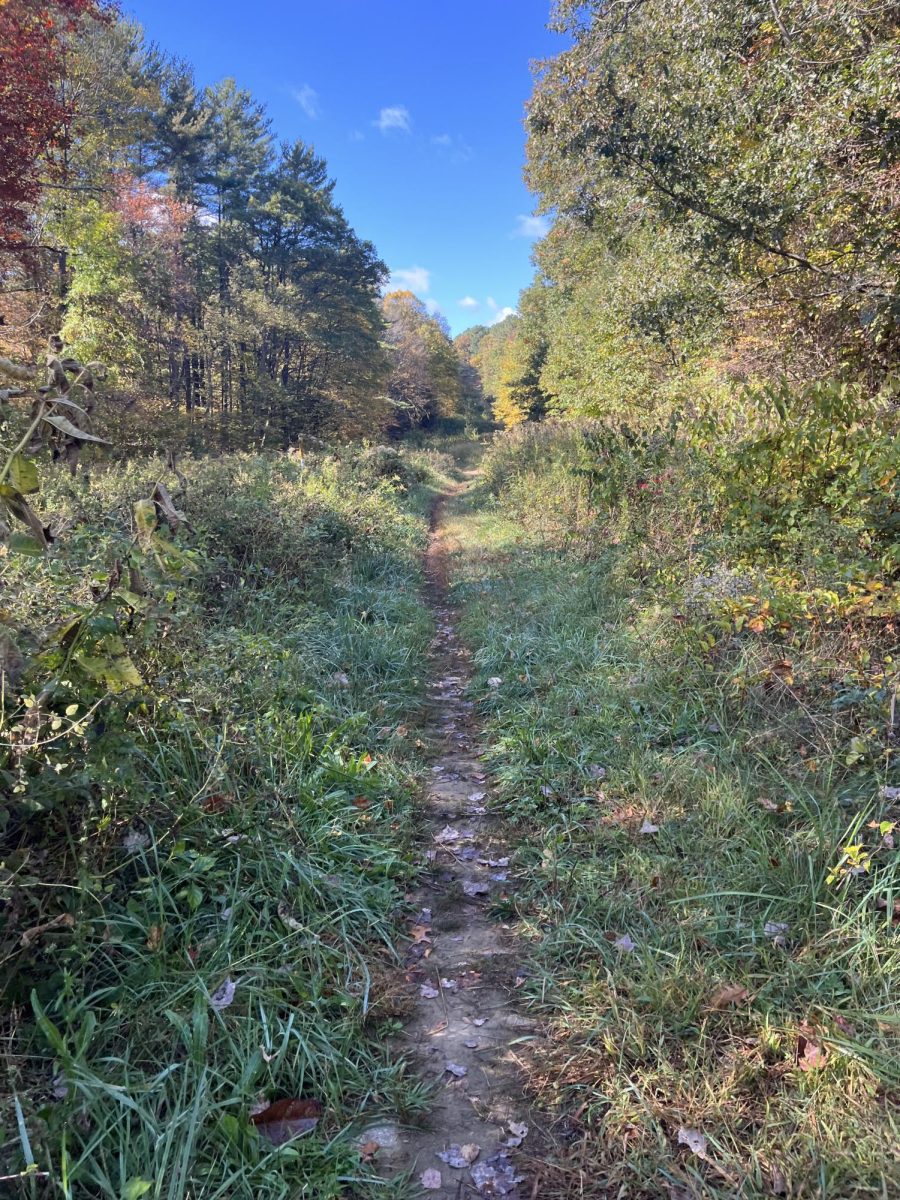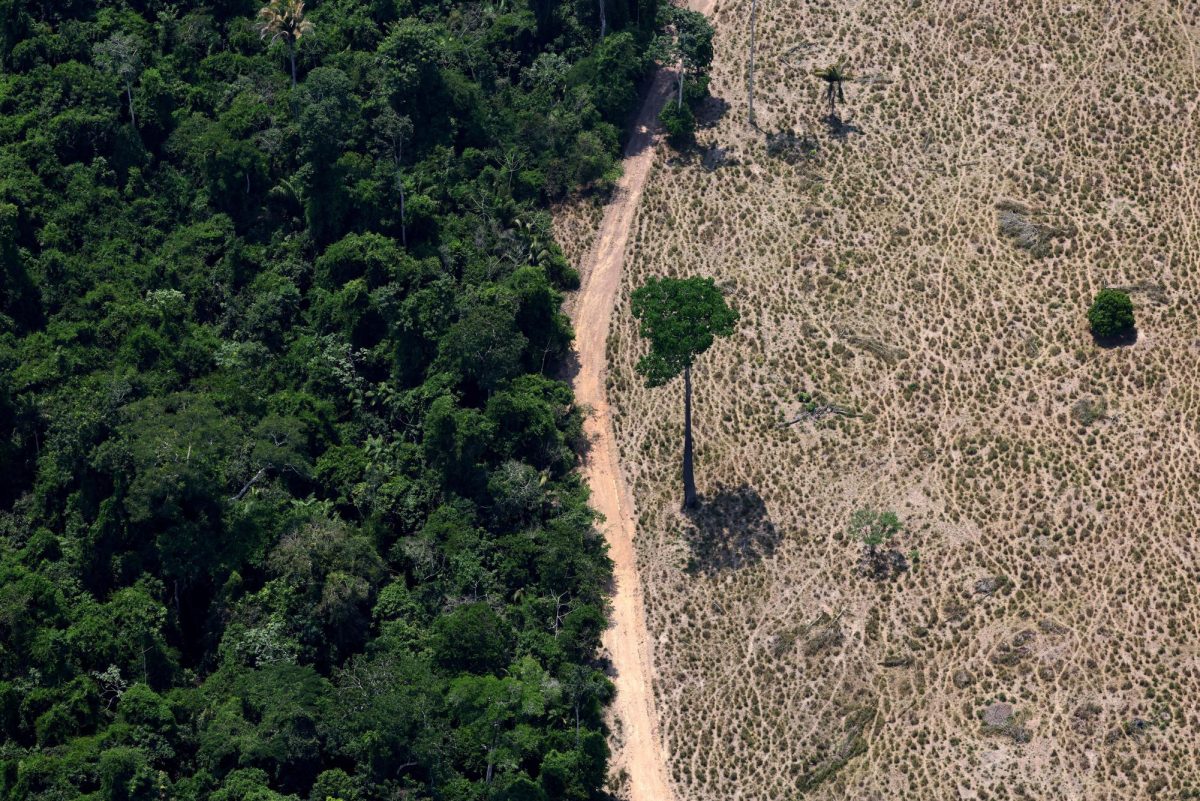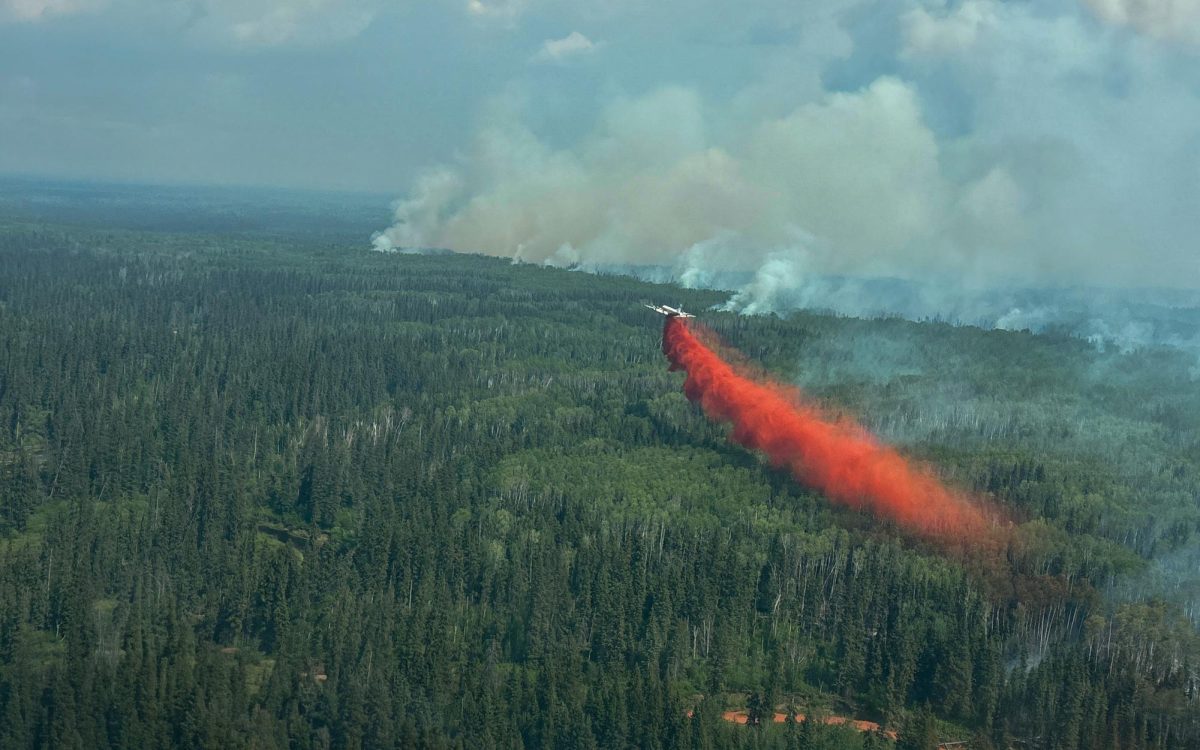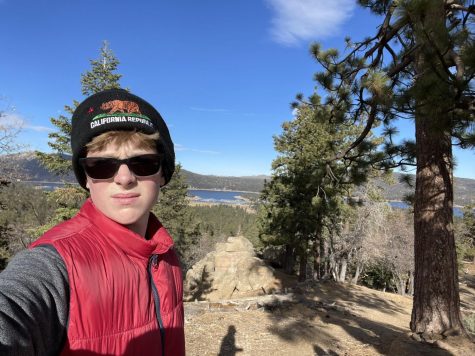21,000 Year Old Footprints Discovered in New Mexico, Oldest in North America
New discovery may disprove the Clovis- First Theory
June 7, 2022
Footprints found in New Mexico’s White Sands National Park have recently been recognized as the oldest evidence of human settlement in North America. The footprints are proof that humans were living in North America around 21,000 years ago, earlier than previously thought. Found imprinted in what once was a muddy lake, the cluster of footprints is attributed to children or teenagers.
The discovery was considered significant because it gave a more concrete date to when humans first inhabited the Americas. It is widely accepted that human beings originally migrated to the Americas from Africa and Asia through the Bering Strait land bridge, connecting Alaska and Siberia. In the 1930’s, bones and tools were discovered in New Mexico that were attributed to a people known as the Clovis people.
The Clovis were well known for their stone projectile points, which were recognizable by their distinctive shape. The points were found in different locations throughout the Americas, proof that the Clovis society spread widely and rapidly.
It was believed that the Clovis were the first people to inhabit North America (about 13,500 years ago), until more recent evidence began to weaken this theory. Discoveries of pre-Clovis sites, such as a settlement in Monte Verde, Chile (excavated 1977-1985) and stone tools in the Paisley Caves in Oregon (2009-2011). A collection of stone tools were discovered in Chiquihuite Cave, Mexico, supposedly 33,000 years old.
The Monte Verde site was dated at around 14,500 years old, 1,000 years older than the Clovis. Its location in Southern Chile implies that the group living there was significantly older, having migrated away from the Bering Strait over the course of many years.
The Oregon site was inhabited around 14,300 years ago, and yielded 13,000 year old stone spear tips and arrowheads made in a different style than the distinctive Clovis points. The stone tool discovery in Mexico was met with skepticism, with claims that the stones had shifted layers or occurred naturally.
The White Sands footprints further demonstrate that the Clovis were not the first group to populate the Americas. In addition to being several thousand years older than both the Monte Verde and Paisley Caves discoveries, the footprints are regarded to be more reliable than the Chiquihuite Cave tools. “It’s the earliest unequivocal evidence for humans in the Americas” says Matthew Bennett, author of the study on the footprints. Footprints are unable to shift layers, and are less likely to occur naturally. “That’s what we think we probably have. Footprints aren’t like stone tools. A footprint is a footprint, and it can’t move up and down [in the soil layers].” said Bennett.
The footprints were able to be dated because of small seed remains that were found in layers slightly above and below the footprints. The seeds, belonging to a common aquatic plant called ditch grass, were carbon-dated and the age of the footprints were estimated based on the results.
The size of the footprints also give us information about prehistoric life. The footprints have been found to mostly belong to children and adolescents, with several adult footprints also found. Bennet says, “The footprints left at White Sands give a picture of what was taking place, teenagers interacting with younger children and adult’s. We can think of our ancestors as quite functional, hunting and surviving, but what we see here is also activity of play, and of different ages coming together. A true insight into these early people.”
While recent discoveries about the earliest Americans may have few practical applications, investigating the lives of prehistoric humans can give a sense of perspective to today’s era. It is easy to imagine the children and teenagers who made the White Sands footprints, running around on the sand like any kid today would. Humans living tens of thousands of years ago must have had many of the same qualities and experiences as people today. Discoveries in this field can, more than anything, highlight the similarities all people have, even across large amounts of time.






































